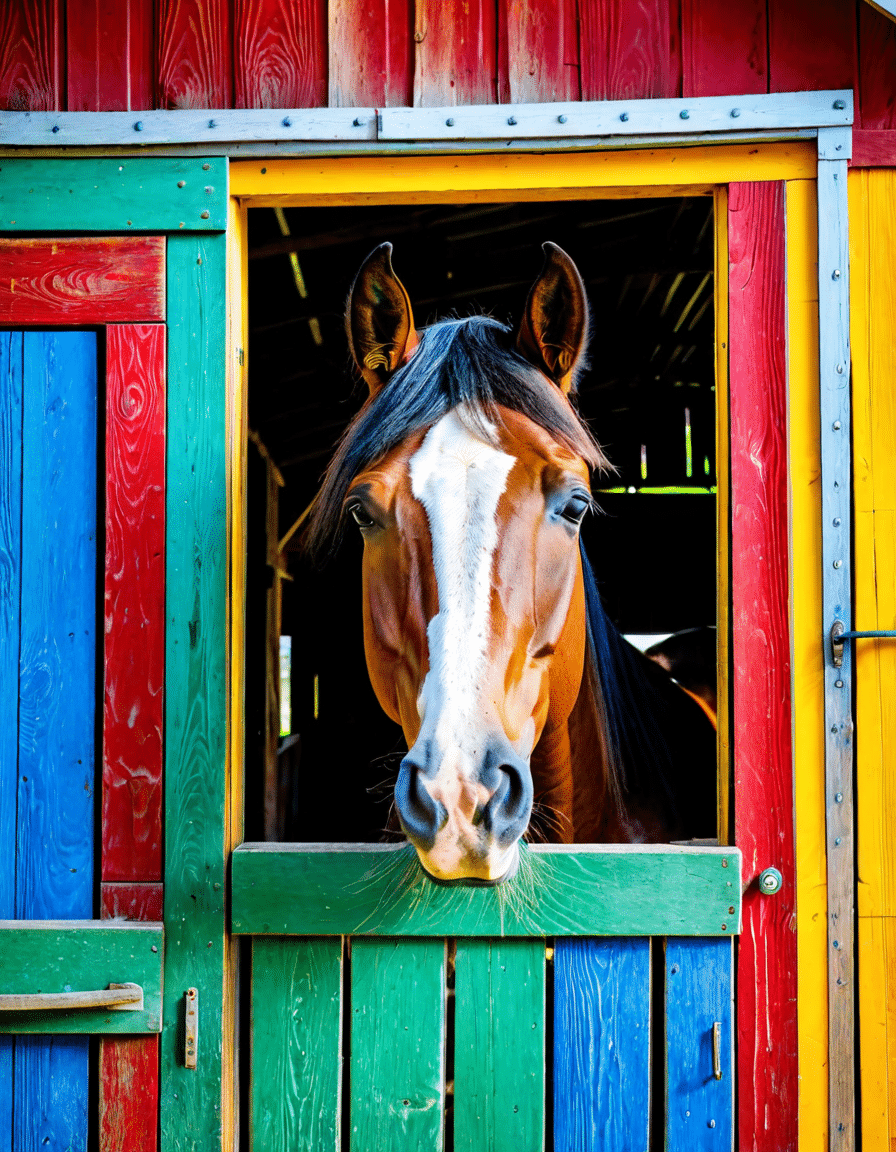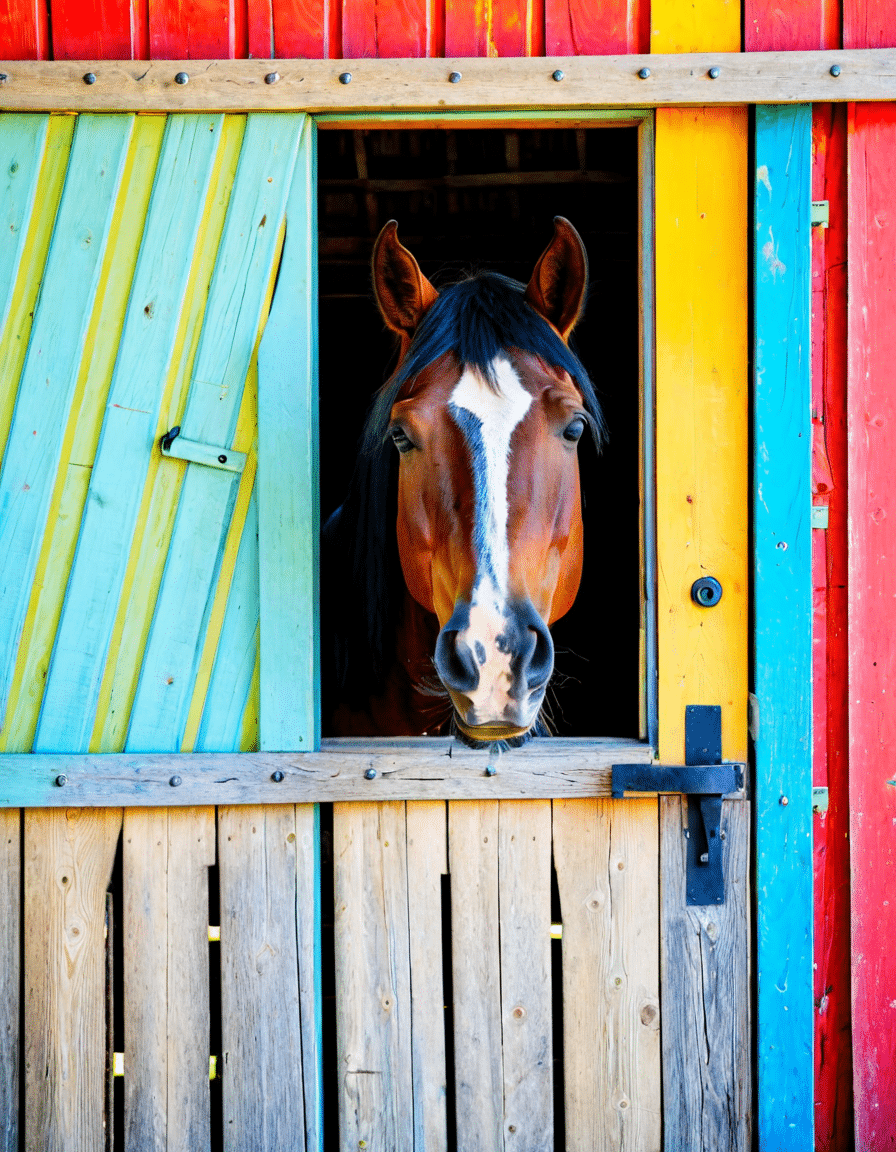Understanding how heavy is a horse is crucial knowledge for horse owners, trainers, and enthusiasts alike. This information shapes everything from feeding and transportation to health assessments. Horses come in various shapes, sizes, and colors, so let’s dig deeper into the astonishing facts surrounding horse weight, their stamina, exotic colors, and the financial implications of horse ownership.
Top 7 Factors That Influence How Heavy Is a Horse
1. Breed Variability
The weight of a horse isn’t one-size-fits-all. Different breeds can weigh dramatically different amounts. For example, a thoroughbred typically tips the scales at 1,000 to 1,200 pounds, while a Clydesdale may weigh 1,800 pounds or more. When considering how heavy is a horse, knowing the breed is paramount for breeders and owners who need to select the correct feed and care.
2. Age and Development
Horses grow rapidly, especially during their formative years. Foals can be as light as 100 pounds at birth, but as they age, they grow to their full weight—often by four or five years old. Understanding a horse’s age is critical when estimating its size and weight, which can be vital for training or healthcare decisions.
3. Gender Differences
Gender also plays a role in determining weight. Mature stallions usually weigh more, ranging from 1,200 to 2,000 pounds, while mares generally average between 1,000 to 1,800 pounds. Recognizing these gender differences is helpful not just for training but also in assessing overall health and wellness.
4. Body Condition Score (BCS)
A horse’s diet and lifestyle dramatically impact its weight. A Body Condition Score (BCS) system rates horses from 1 to 9, with 1 being dangerously thin and 9 being obese. Regular tracking of a horse’s weight and BCS provides crucial insights into its overall health, helping prevent issues related to weight gain or loss.
5. Harnessing Strength
When it comes to how much a horse can carry, there’s a handy rule of thumb: horses should carry about 20% of their body weight. Hence, a 1,200-pound horse shouldn’t carry more than 240 pounds. This factor has significant implications for riders, particularly in competitive settings where weight limits may apply.
6. Environmental and Health Factors
External elements like weather, exercise, and health affect how heavy a horse can be. For instance, horses in colder climates often require additional feed to maintain energy levels. Keeping an eye on these variables ensures that a horse remains healthy and at an optimal weight.
7. How Much Is a Horse?
The question of “how much is a horse?” ties closely into its weight. Prices can range from a few hundred dollars for an ex-racehorse to tens of thousands for a purebred champion. Generally, heavier horses tend to be valued more highly, especially for work, show, or competition purposes—definitely something to consider for potential horse owners.

How Far Can a Horse Travel in a Day?
Horses are incredibly resilient creatures that can cover impressive distances. Typically, horses can travel 25 to 35 miles in a day at a moderate pace. Of course, this distance can vary based on breed, fitness level, and terrain quality. Endurance-trained horses can even manage upwards of 50 miles daily, making them excellent companions for trail riding or endurance events.
What Is a Chestnut on a Horse?
A “chestnut” refers to the reddish-brown color of a horse’s coat, but it also describes specific growths located on the inside of a horse’s legs. Recognizing these traits can help identify horse colors, and they serve as indicators of health or training needs based on physical characteristics. Being aware of what a chestnut is can significantly enhance your understanding of horse care.

The Financial Burden: How Much Is a Horse Over Its Lifetime?
Before diving into horse ownership, it’s critical to understand the financial responsibilities involved. Costs extend far beyond the initial purchase price. Maintaining a horse—including food, healthcare, boarding, and training—can exceed thousands of dollars annually. Horse owners typically find themselves spending anywhere from $3,000 to $10,000 each year, depending on care choices and the needs of their horse. This financial commitment is essential to consider, especially since weight plays a direct role in ongoing care costs.
Final Thoughts on Understanding Horse Weight
The weight of a horse significantly influences many aspects of care, from health assessments to daily activities and long-term budgeting. Knowing how heavy is a horse enriches the owner-horse relationship and promotes better care. By understanding the intricate links between weight, breed, age, and care, we equip ourselves with the tools for a fulfilling experience in horse ownership. So whether you’re new to the equestrian world or an experienced rider, these insights are invaluable in ensuring our equine friends receive the best care possible.
In summary, having knowledge about how heavy is a horse not only benefits horse owners but also sets the foundation for a caring and informed relationship with these magnificent creatures. Take this information to heart and embark on your equestrian journey with confidence!
How Heavy Is A Horse? The Astonishing Facts You Need
Understanding Horse Weight
So, you’re curious about how heavy a horse can be? Well, these magnificent creatures come in all shapes and sizes! The average horse weighs anywhere from 900 to 2,200 pounds, depending on the breed. For example, a sturdy Clydesdale can tip the scales at over 2,000 pounds, which is like having three average-sized dogs bundled up together. Speaking of averages, did you know that 65 Pounds in kg is approximately 29.5 kg? That makes it easier to picture just how light or heavy some animals can really be.
Why Weight Matters
Now, the weight of a horse influences not just its speed and agility, but also its health and care requirements. For instance, larger horse breeds tend to need more calories, making choices around food, like over 30 lb senior chewy dog food, a crucial aspect of their diet. Regular weight checks help owners avoid complications and keep their pets healthy. It’s surprising how a horse can even be as light as a small dog if we compare it to a Dalmatian long hair, which typically weighs between 30 and 70 pounds. Weight isn’t just numbers; it’s fundamental to a horse’s well-being.
Fun Trivia
Here’s something fascinating: horses can actually sleep both standing up and lying down. That’s right! They have a special locking mechanism in their legs that allows them to rest without falling over. On another note, if you’re into pop culture, you might be intrigued to know that a horse’s speed can be likened to the anticipation around celebrity news—everyone’s eager to see the winner of the next big race! And for those wondering about their slinky stature, the height of a Labradoodle might surprise you; similar to how unique horses can be, they stand at an average between 21 to 24 inches tall. With so much to learn, it’s exciting to unravel how heavy a horse can truly be and how it relates to their overall health and lifestyle!






